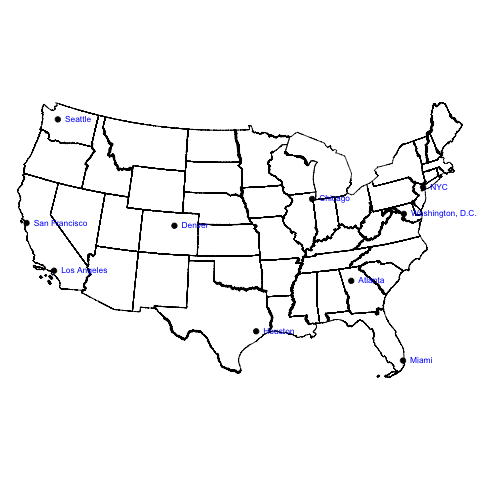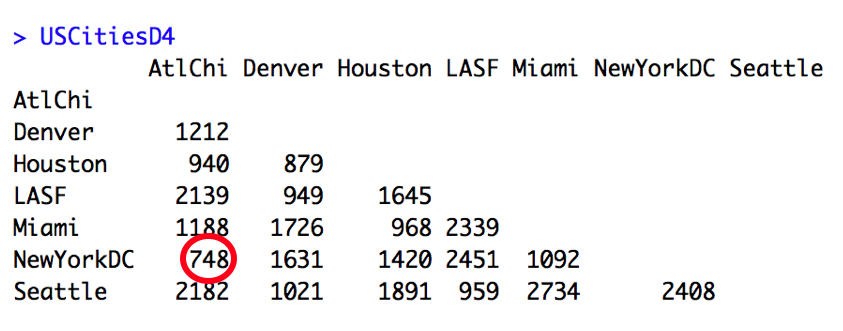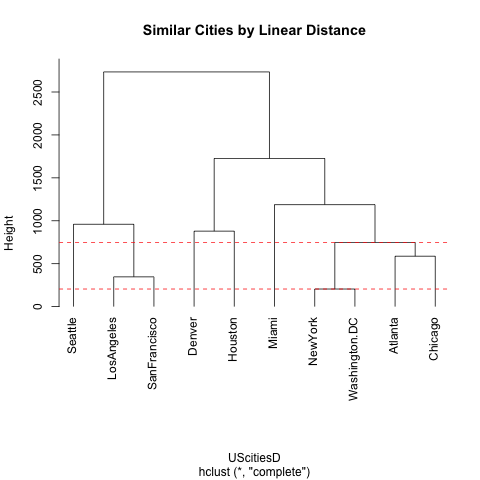For any students who have taken DCS courses and are thinking about graduate study, here are a few institutions that are currently inviting applications:
University of California: MS and PhD in Computational Media
From their promotional materials: Computational Media is all around us — video games, social media, interactive narrative, smartphone apps, computer-generated films, personalized health coaching, and more. To create these kinds of media, to deeply understand them, to push them forward in novel directions, requires a new kind of interdisciplinary thinker and maker. The new graduate degrees in Computational Media at UC Santa Cruz are designed with this person in mind.
http://graddiv.ucsc.edu/prospective-students
https://www.soe.ucsc.edu/departments/computational-media
University of Amsterdam: MA in New Media and Digital Culture
From their promotional email: The MA Program in Media Studies: New Media and Digital Culture offers a comprehensive and critical approach to new media research, practices and
theory. It is an internationally renowned program in critical media theory, dedicated to the study of the social transformations brought about by digital culture. The program provides in-depth training in the latest digital research methods, with the opportunity to participate in data sprints and to collaborate with international researchers. It is situated within a pioneering new media cultural scene in Amsterdam and an academic environment ranked among the top 6 universities worldwide (QS World University Rankings by Subject 2016: Communication & Media Studies).
Duke University: MA in Digital Art History/Computational Media
From their promotional email: The Department of Art, Art History & Visual Studies offers a Master’s Degree in Digital Art History/ Computational Media. The eighteen-month program builds on courses and well-developed strengths at Duke University. The program requires 10 courses over three semesters in addition to summer research. Limited funding may become available in the form of grants and assistantships to students contingent upon positive progress in the program.
The Digital Art History track integrates historical disciplines and the study of cultural artifacts with digital visualization techniques for the analysis and presentation of research. This track prepares students for future work in such fields as art, architectural and urban history, public
history, city planning and architectural design, cultural heritage, museum exhibition design, and visualization-based journalism, and provides a springboard for more advanced study in art history, archaeology, architectural history, and visual studies. More information:
aahvs.duke.edu/graduate/digital-art-history.
The Computational Media track is designed for graduate students focused on the study, creation, and use of digital media and computation in the arts and humanities. This track explores research and presentation strategies enabled by the information sciences, new approaches to computational processes, and new forms of interpreting quantitative and qualitative data. More information: aahvs.duke.edu/ graduate/ma-computational-media.
Illinois Tech: PhD in Technology and Humanities
From the recruitment email: I’m looking for PhD students interested in studying how citizens use social media to bring about social change in their communities to join the Collaboration
and Social Media Lab <http://casmlab.org> at Illinois Tech. We’re currently studying hyperlocal social networks, Twitter, Facebook, Instagram, and related social media platforms in order to understand social media’s role in civic engagement and to reduce cyberbullying. We use interviews, participatory design, machine learning, and natural language processing in
our research. Students in the lab will enroll in the PhD program in Technology and Humanities <http://humansciences.iit.edu/humanities/programs/graduate-programs/phd-technology-humanities>.
You can learn more about our social media and civic engagement project on the lab’s website <http://www.casmlab.org/research/>. This project is supported by the National Science Foundation <http://www.nsf.gov/awardsearch/showAward?AWD_ID=1525662&HistoricalAwards=false> and includes at least one year of full tuition and stipend support for qualified students.






